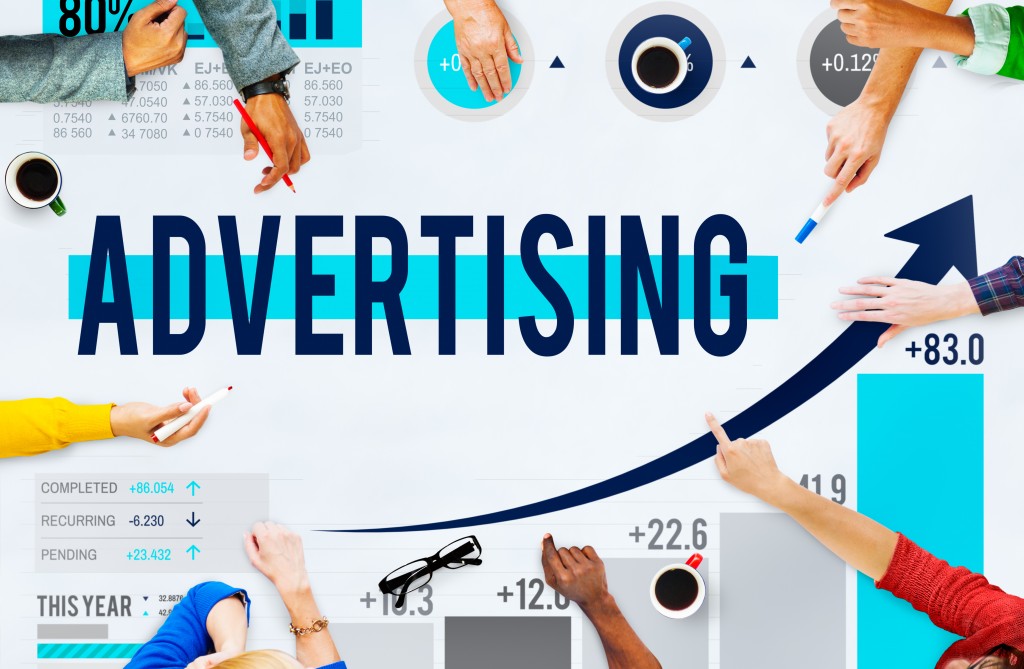Typography is present in posters, invitations, business cards, book covers, magazines, websites—practically everywhere. As long as there’s a message that should come across, brands and artists use typography.
The challenge is to make it stand out. Because of its prevalence, making a unique, beautiful, and jaw-dropping typography is a must, and one way to achieve this is through quality printing. Letterpress printing guarantees that the text stands out. It embosses the text that the lines are so fine and neat that it makes the design exponentially prettier.
What is typography?
According to Career Foundry, “Typography is the art of arranging letters and text in a way that makes the copy legible, clear, and visually appealing to the reader.” Everything about the appearance of text on a poster, an invitation, a business card, etc. is typography. It involves font choice, composition, colors, and other rules of design to ensure that it serves the right purpose.
Evokes emotions
One of the roles of typography is to evoke a certain emotion through the presentation of text. It’s essential to choose a font that matches the occasion or the vibe that the client is going for.
- Cursive is for fancy occasions like wedding, debut, anniversaries, etc. It gives a feeling of elegance to the product.
- Serif fonts are more formal. This is usually used in business materials such as resumes.
- Sans serif fonts are friendly. Depending on how it is used, sans serif fonts are fun and hip—like an unbothered artist.
- Decorative fonts are there for options and the special instances where the project has a specific audience or vision. For example, playful handwriting fonts can be used to enthause children.
Brand recognition

Because of typography, brands can be recognized easily. For example, American Apparel and Jeep use the same font: Helvetica. Other than the words, what tells the logos apart from each other?
One, they use Helvetica Black and Helvetica Bold, respectively. Second, if one looks closely, American Apparel’s logo uses smaller letter spacing than Jeep’s. These are just observations at face value because there could be other stylistic choices the designers made to make the logos more distinctive from other brands that use the same font.
Lead the eyes
There’s a meme: misread words because the letters have been divided for styling purposes. The reason people have to double-take or think about how the word should be read means that the typography has failed. Good typography leads the eyes to follow a hierarchy. It should lead the audience from one information to another.
For example, in a business card, the first thing a client sees should be the name, followed by the description, and then contact details. What allows this succession is the varying font sizes and weights that indicate which information is the most important and which is the least.
Words are, indeed, powerful. When one adds design with the use of typography, this evokes an emotion, helps the identity of brands, and leads the audience to the information that they need.

